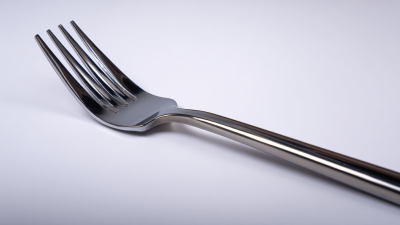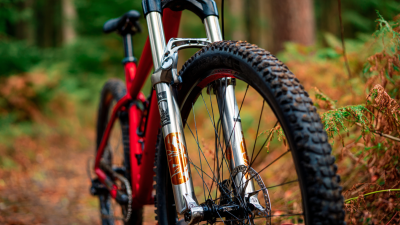As the cycling industry continues to evolve, the demand for high-performance components has never been greater, particularly in the gravel cycling segment. According to the latest reports from the Outdoor Industry Association, gravel biking has seen a 25% increase in participation over the last two years, leading to a sharp rise in the market for specialized gear. Among these components, the Carbon Gravel Fork stands out as a vital element for enhancing performance and comfort during rides on rugged terrains.
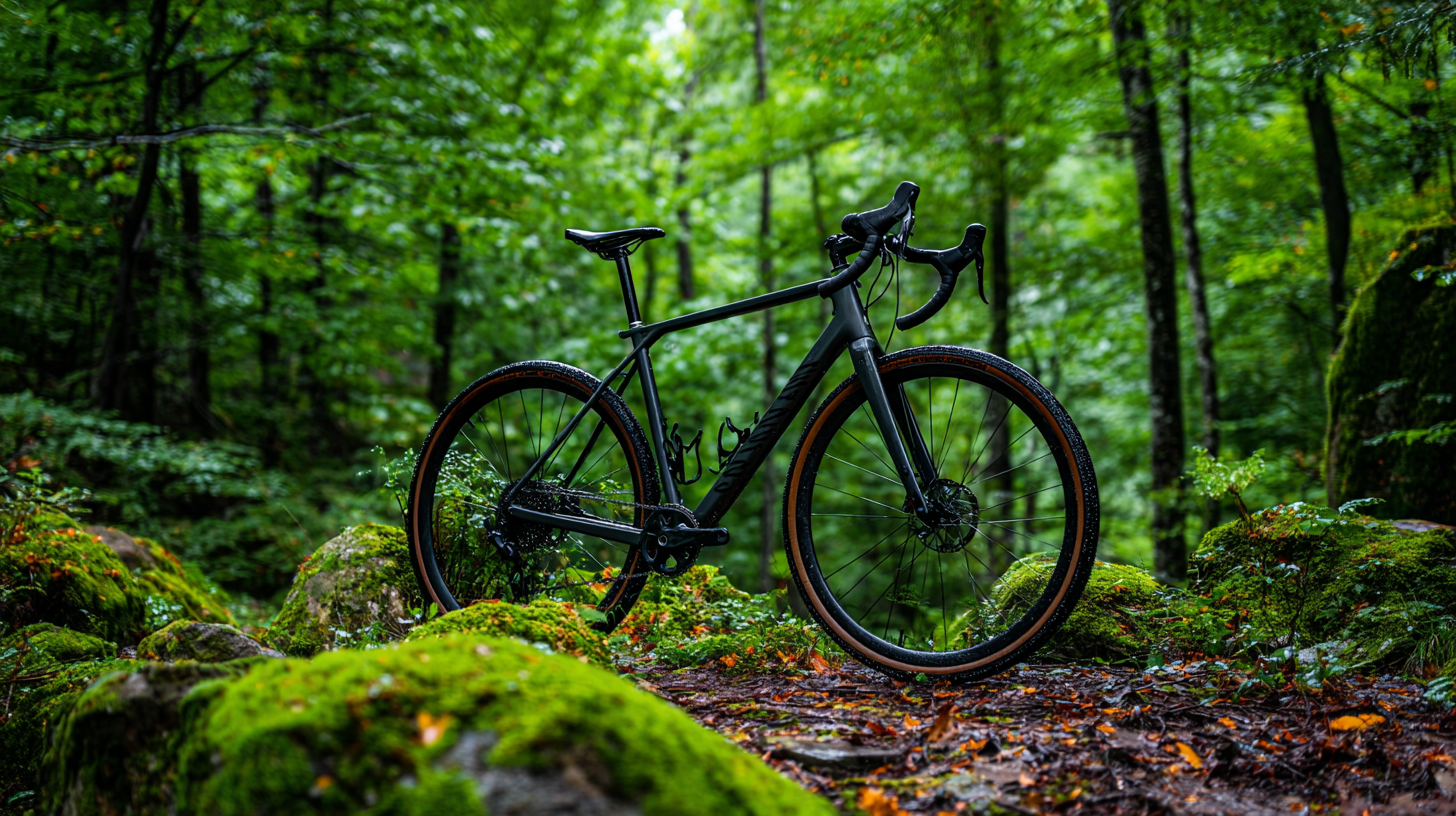
In 2025, cyclists are increasingly seeking out lightweight yet robust options, and carbon forks offer significant advantages in terms of weight reduction, vibration damping, and overall handling. A study by Cycling Insights highlights that riders equipped with Carbon Gravel Forks report a 30% improvement in ride quality and a noticeable increase in speed over mixed surfaces compared to traditional aluminum forks. As the market diversifies with new technology and materials, choosing the right Carbon Gravel Fork has become essential for both serious athletes and casual riders looking to optimize their cycling adventures.
This guide aims to illuminate the key factors to consider when selecting the best carbon gravel fork tailored to your unique cycling needs.
When it comes to gravel riding in 2025, selecting the right material for your fork can greatly enhance your cycling experience. Carbon forks, specifically, offer a superior combination of lightweight construction and dampening properties that significantly reduce vibrations from rough terrain, making those long rides more enjoyable. Unlike aluminum or steel, carbon fiber is engineered to absorb shocks while maintaining rigidity, allowing for better handling and responsiveness. In addition, the sleek design of carbon forks lends itself to improved aerodynamics, helping you to maintain a faster pace with less effort.
Tips: When choosing a carbon gravel fork, consider the type of riding you'll be doing. If you frequently tackle rugged trails, opt for a fork with increased compliance for better shock absorption. Additionally, pay attention to the fork's axle compatibility and brake system; ensuring they match your bike setup is crucial for safety and performance.
Beyond performance, weight plays a vital role in your decision. Carbon forks are typically lighter than their metal counterparts, making them an attractive option for cyclists looking to improve their bike's overall efficiency. Make sure to also check for warranty and manufacturer reputation, as quality can vary significantly in the carbon fork market.
When selecting a carbon gravel fork, understanding geometry is crucial as it directly influences the bike's stability and handling on rough terrains. The fork’s length, angle, and overall design play significant roles in how a bike responds to varied gravel conditions. A longer fork generally offers better stability, allowing riders to tackle unearthed paths with confidence, while a slacker head tube angle improves the bike's ability to descend and navigate steep declines.
Moreover, fork rake also contributes to how a bike steers and feels on gravel. A fork with less rake can lead to quicker handling but may compromise stability on uneven ground. Conversely, a fork with more rake tends to enhance comfort during long rides, absorbing vibrations better. Riders should consider their specific needs and riding style, whether they prioritize speed over comfort or vice versa, as this decision will ultimately dictate the bike's performance on gravel. Understanding these geometric principles is essential when making an informed choice about the best carbon gravel fork for your cycling adventures in 2025.
When it comes to selecting the best carbon gravel fork for your cycling adventures in 2025, weight is a critical factor that can greatly impact your performance and endurance. Lighter forks improve bike handling and responsiveness, allowing for faster accelerations and easier climbs. Every gram counts, especially on long rides where fatigue can set in; a lighter fork can help conserve energy over time.
**Tips:** When considering fork weight, think about the materials and construction. High-quality carbon often offers a good balance between weight and strength. Additionally, check the specifications from manufacturers for precise weights, as this can influence your decision significantly.
Ultimately, the choice of a carbon gravel fork should not solely focus on being the lightest option available. It’s essential to find a fork that also provides adequate stiffness and durability. A well-constructed fork can enhance your overall cycling experience, offering the right blend of performance and comfort on varied terrains.
**Tips:** Before making a purchase, test ride different forks if possible. This can give you a tangible feeling of how weight affects your ride, helping you make a more informed decision tailored to your riding style and preferences.
| Fork Model | Weight (grams) | Material | Steerer Type | Recommended Use |
|---|---|---|---|---|
| Fork A | 400 | Carbon Fiber | Tapered | Gravel and CX |
| Fork B | 450 | Carbon Fiber | Straight | Mixed Terrain |
| Fork C | 395 | Composite | Tapered | Gravel Racing |
| Fork D | 410 | Carbon Fiber | Straight | Adventure Riding |
When selecting a carbon gravel fork, ensuring compatibility with your bike frame and accessories is crucial for optimizing performance. A recent report from the Bicycle Product Suppliers Association (BPSA) highlights that improper fitment accounts for nearly 30% of cycling-related issues. Therefore, before making a purchase, check key specifications such as axle type, steering tube length, and brake compatibility. Most gravel forks now support either flat-mount or post-mount disc brakes, which can significantly influence your choice depending on your current setup.
Additionally, consider the geometry and clearance of the fork. According to industry data, a significant percentage of gravel riders (over 40%) prioritize tire clearance to accommodate wider tires, which can impact ride quality and control. Be sure to measure your existing bike setup and confirm that the new fork aligns with your preferred tire size while also considering any additional accessories, like fenders or racks, that might affect overall dimensions. Connectivity between the fork and your bike is not just about performance; it also extends to rider safety and comfort during lengthy adventures on diverse terrains.
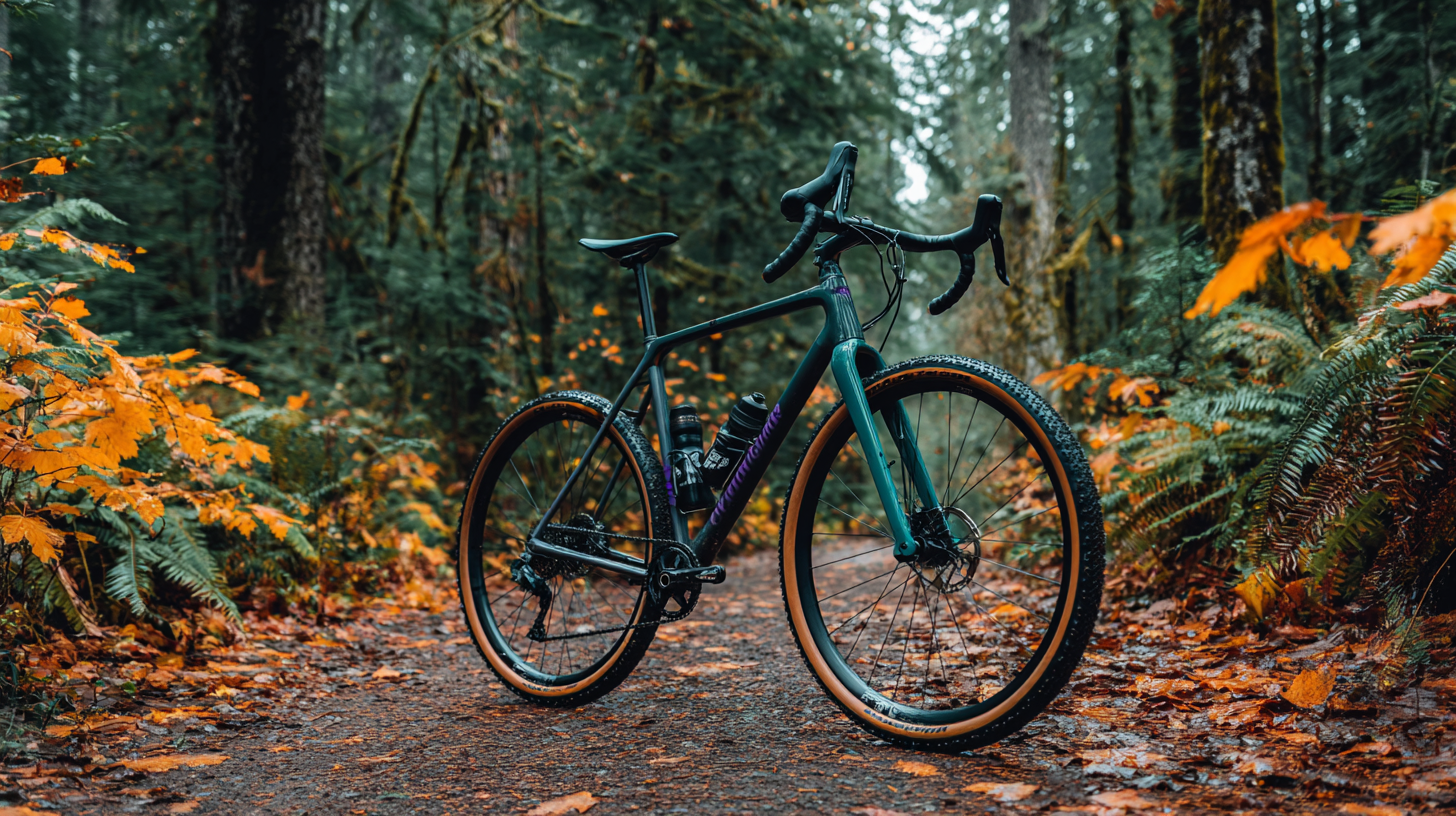
When selecting a carbon gravel fork for your cycling adventures in 2025, it's crucial to weigh budget considerations against performance capabilities. While high-end models may boast the lightest materials and advanced engineering, they often come with steep price tags. Understanding your personal riding style and the type of terrain you will encounter can help determine if it's worth investing in a premium fork or if a more budget-friendly option meets your needs.
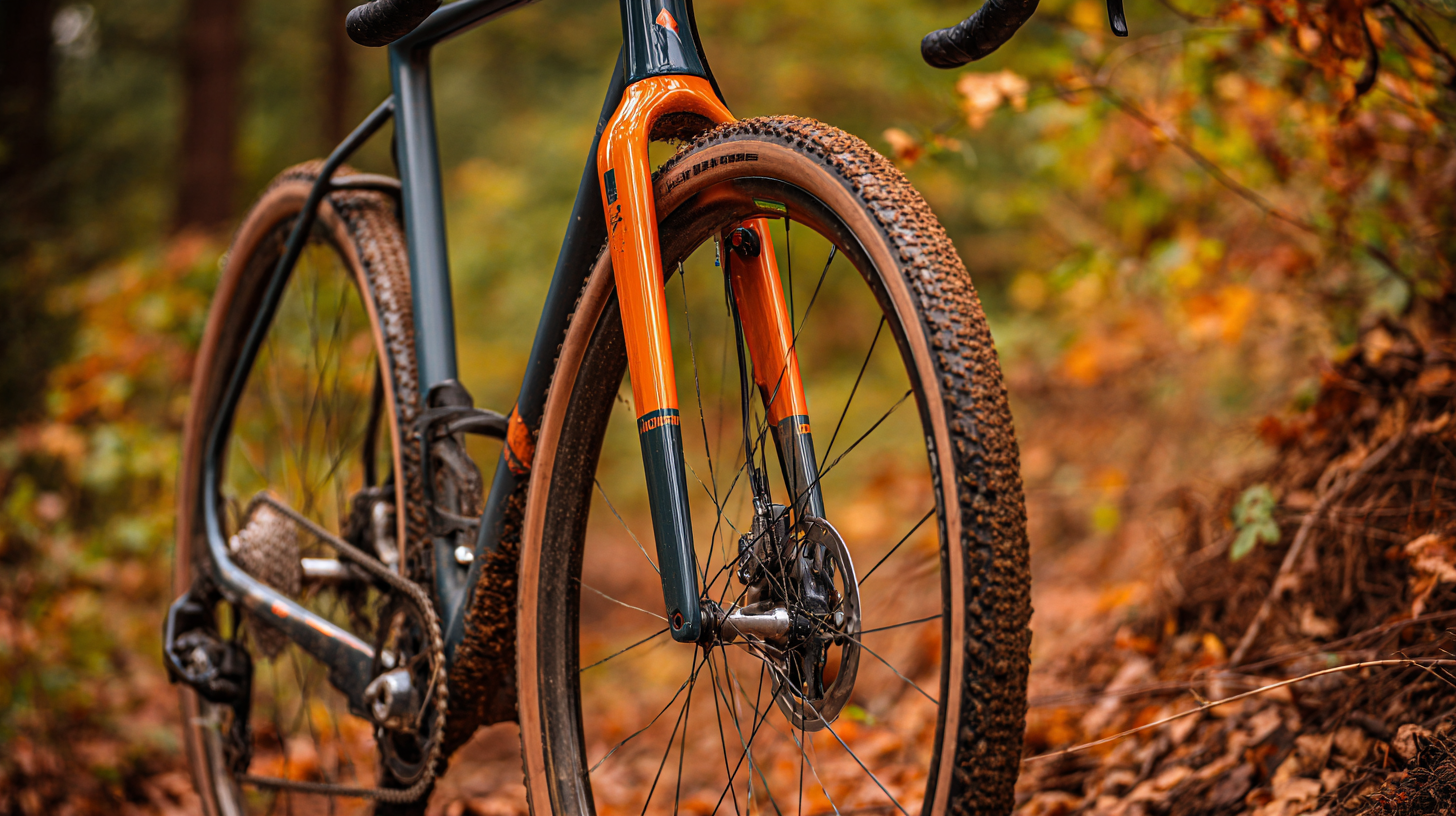
Evaluating cost-effectiveness involves assessing whether the enhancements in material and design translate to tangible benefits during your rides. For instance, if you primarily engage in leisurely gravel outings on well-maintained paths, a mid-range fork may provide sufficient performance without breaking the bank. Conversely, for those facing rugged trails or racing conditions, the investment in a top-tier fork could yield improved handling and comfort, maximizing the cycling experience. Balancing these factors ensures you find a carbon gravel fork that expands your adventures while aligning with your financial goals.

